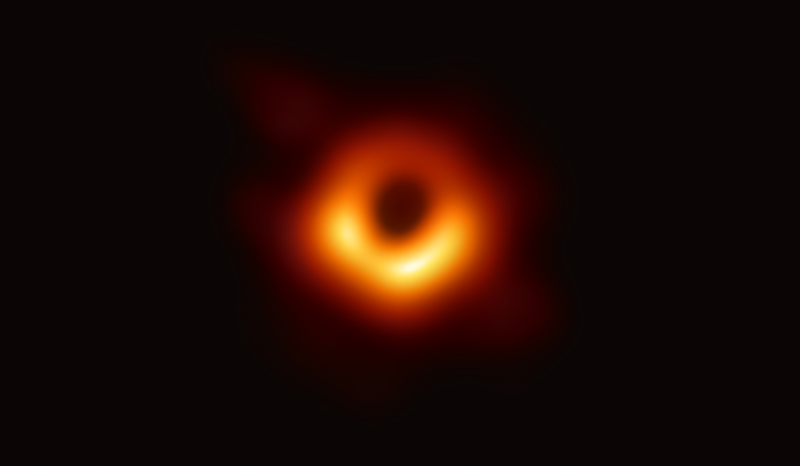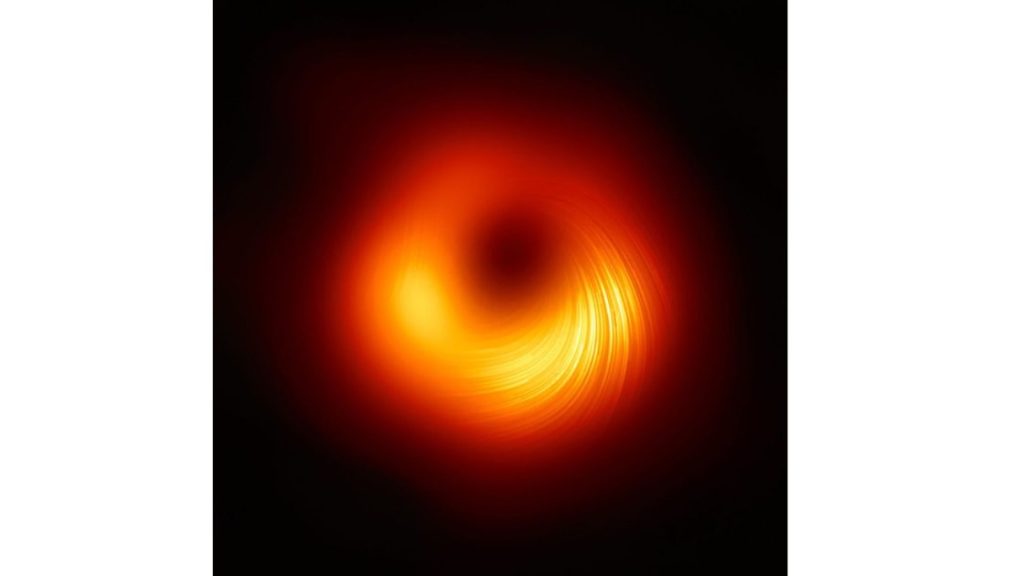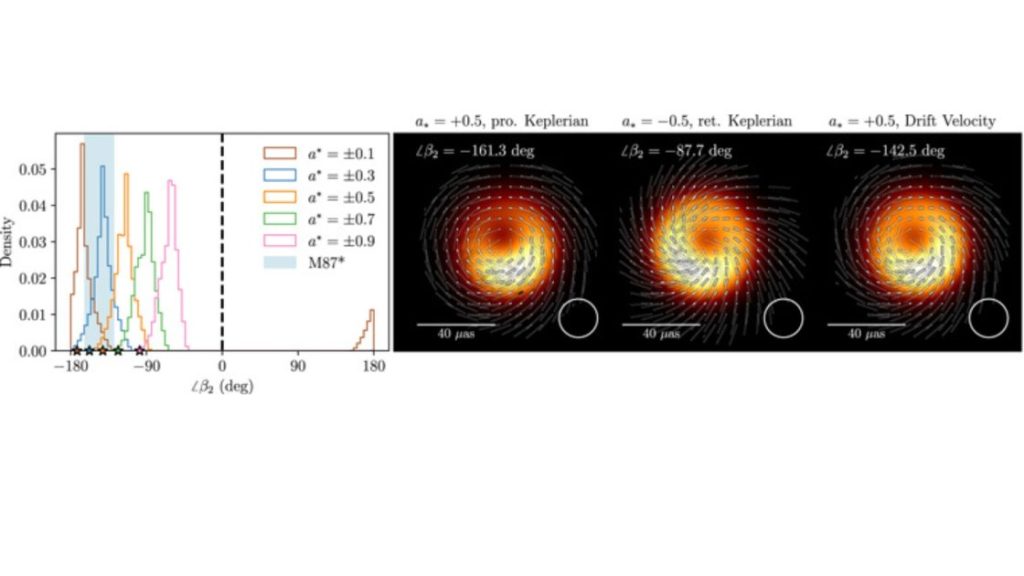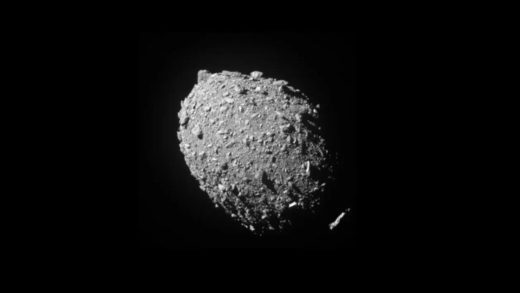EHT imaged M87 black hole is losing incredible amount of energy

In 2019, a collaborative effort among the world’s astronomers successfully captured a historic image of the black hole in Messier 87. The moment was the most significant for humanity in terms of space exploration. Further exploration of the black hole’s image has lately defied conventional understanding, contrary to its notorious nature of devouring all in its path. Astronomers, using the Event Horizon Telescope (EHT), have recently discovered that the ‘demon-like entity’, which has a mass about 6.5 billion times that of the sun, is releasing a huge amount of energy into the cosmos.

The EHT, a global network of radio telescopes forming an Earth-sized virtual telescope, offered insights into the black hole’s magnetic field. This field is responsible for both slowing down its rotation and releasing energy into the universe.
During this self-slowing process, energy is emitted into deep space through structures known as relativistic jets. These jets, as described in a statement by study co-author Alexandru Lupsasca from Vanderbilt University in Tennessee, can extend up to 10 times the length of our Milky Way galaxy, resembling extraordinarily long lightsabers spanning millions of light-years.
According to the researchers, they were able to conclusively say the 2021 EHT image shows that energy is flowing out close to the black hole.
However, they say they need better images for assuring the claim. “We need future, higher-sensitivity images to determine 100% if the energy is flowing out from the black hole’s surface itself,” Andrew Chael, an astrophysicist at Princeton University in New Jersey and lead author of the new study, is reported by Space.com as saying.
What’s interesting is the energy flux observed, which is staggering, akin to detonating the Earth a thousand times per second for eons.
“If you took the Earth, turned it all into TNT and blew it up 1,000 times a second for millions and millions of years, that’s the amount of energy that we’re getting out of M87,” study co-author George Wong of Princeton University said.
This release of energy is not unusual in Einstein’s theory of relativity. It was expected in theory, and it highlights the mysterious workings of black holes. These discoveries specifically provide possible understandings of how black holes release energy, which is connected to their magnetic fields.
Nevertheless, even with these new discoveries, there are still uncertainties. Although the energy’s path matches what theories predicted, the precise process causing these events is not yet clear. The outward flow of energy close to the event horizon of the M87 black hole might indicate that the black hole’s spin generates the jet seen outside the galaxy. However, there’s also another possibility: the rotational energy from the disk of material being pulled into the black hole. This alternative explanation cannot be entirely ruled out at this point.
The EHT’s present restrictions prevent a definite conclusion. Having clearer pictures and higher sensitivity is necessary for a definite understanding, according to astronomers. So, improving the EHT’s ability to capture finer details and a wider range of data in future observations is crucial for solving this mystery.
In addition to this, exploring the intricate force-free fields around spinning black holes involves complex mathematics.

The study explores different types of solutions related to monopoles, parabolas, and hyperbolas, starting from simple changes and moving on to more complicated force-free fields in different space environments. It digs deep into the complexities of black hole physics, offering valuable insights into sudden changes, how different solutions connect, and more detailed calculations that help us understand the electromagnetic fields around these massive cosmic objects.
In this context, Perturbation Theory is crucial for estimating solutions, especially with low black hole spin, revealing how the electromagnetic field behaves in these situations. Perturbation theory is the mathematical method used to analyze and approximate solutions to complex problems by breaking them down into simpler, more manageable components, especially when the system undergoes small changes or disturbances from a known, well-understood state.
According to contemporary physical theories, an entity that consumes matter must emit energy to sustain itself. And this is not an exception even for mysterious black holes.
The study was published in The Astrophysical Journal on November 14.


